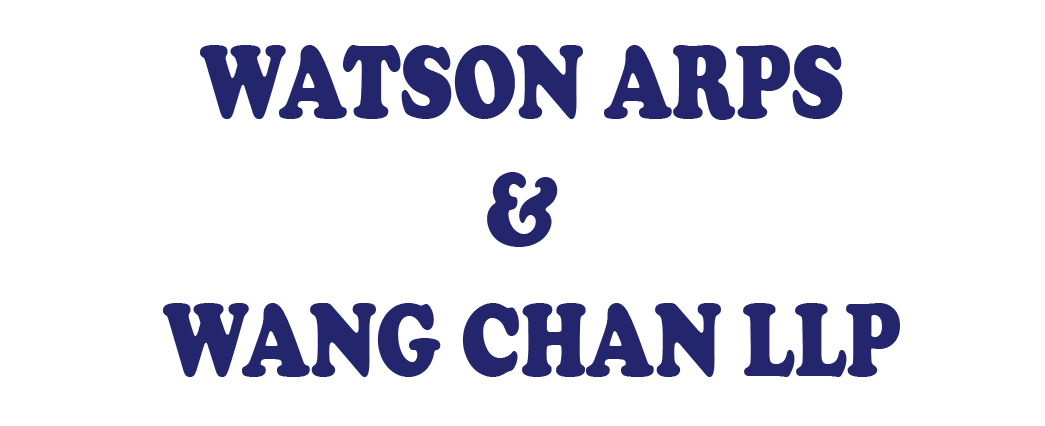New sell-out procedure for Corporations: how it works
The Enterprise Division of the Court of Appeal recently gave an interesting ruling about the sell-out procedure of minority shareholders in a private or public limited company in which a shareholder holding 95% of the
share
The portion of registered capital of a private or public limited company
» Meer over share
shares can claim that he shall take over shares from the other shareholders. This ruling shall hopefully limit the number of complications, ensure an accelerated settlement and reduce the chance of endless proceedings. Corporate lawyer Wang Chan explains the ruling.
Notifying the Enterprise Division of the sell-out procedure
In the aforementioned procedure a shareholder acquired 95% of the shares in Unit4 and instituted a claim to acquire the remaining 5% of the shares. Such a claim is instituted based on the so-called ‘sell-out procedure’. This procedure has to be instituted at the Enterprise Division.
Majority shareholder acquires 100%
The sell-out procedure is regulated in article 2:92a of the Civil Code (DCC) for public limited companies and in article 2:201a for private limited companies. These articles state that a shareholder who owns 95% of the issued capital can institute a claim for transfer of the remaining 5% of the shares. This way the majority shareholder eventually owns 100% of the shares.
Sell-out procedure really means compulsory purchase
Previously, this procedure was difficult and endless. Questions such as (i) what is the exact value of the
share
The portion of registered capital of a private or public limited company
» Meer over share
share and (ii) how is the value to be calculated, had to be answered. Such accuracy is not in itself surprising, because after all ownership is taken away. And that grates against basic principles of law.
What is the interest in keeping the 5%?
However, in the literature this procedure was already in doubt. The basic issue was: to what extent do shareholders who own 5% still have an interest in keeping their shares, knowing that a shareholder with 95% of the shares will acquire all control?
Valuation has to be reasonable
In this case the Enterprise Division moved the reference date forward, so the valuation can match the value acquired by the majority shareholder when he acquired 95% of the shares. Provided of course that this valuation is reasonable and the valuation process includes guarantees.
No more time-consuming procedures
The rule now used by the Enterprise Division is more practical than it was. It will have to be properly assessed whether the price paid is reasonable and fair. But if that is the case, that price can be matched and the remaining 5% of the shares can be bought easily and a time-consuming (and expensive) procedure can be avoided.
Corporate law firm in Amsterdam
If you have any questions about this sell-out process, you can always contact our lawyers for process consulting, for general information or for an imminent procedure. Corporate law firm Watson Arps & Wang Chan LLP (Amsterdam) use short lines and offer competitive fees.
